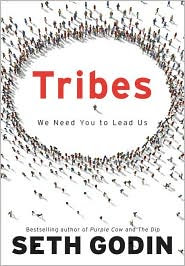
Always On: Advertising, Marketing, and Media in an Era of Consumer Control by Naomi S. Baron
What do you think? Which ones were your favorites last year?

The Russo Group's Official Branding Blog. RUSSO – the promise behind the brand.

Always On: Advertising, Marketing, and Media in an Era of Consumer Control by Naomi S. Baron
What do you think? Which ones were your favorites last year?
25. Fashion Café
Want some Newports with that iceberg lettuce?
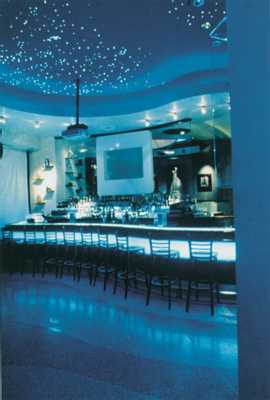
A restaurant that serves gargantuan burgers and fried appetizers founded by a bunch of supermodels and fey fashionistas didn't work? Hmm, I wonder why. “The $20 Salad Extraordinaire,” created exclusively for Naomi Campbell, reportedly consisted of a glass of champagne, a pack of Newports and two slices of tomato accompanied by an iceberg leaf. Famed restaurateur Tommaso Buti was the “brains” behind the operation. He over-franchised the cafes, was accused of mismanagement, then followed Christy Turlington in selling his stake in the company. Buti, already accused of defrauding investors, was arrested in 2000 and charged with wire fraud, conspiracy, money laundering, and transportation of stolen property.
24. CBGB
A legend turns into a men’s store
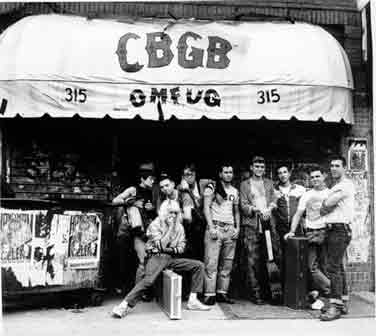
In 2006, after 33 years of offering up legends like the Talking Heads, Blondie, Misfits and the stalwart Ramones, CBGB, the most famous underground alt-rock/punk club in the world, closed its doors. It was shuttered to make way for a high-end men’s fashion store. Patti Smith gave the historic club an emotional, if punk, goodbye by tearing the stage and room apart. Ironically, the very same shrine that so many skinny-jean hipsters and adrenaline-fueled punks would come to mourn was originally started by Hilly Kristal as a venue for his favorite music: “Country, Blue Grass and Blues.”
23. The Edsel
Ford’s biggest flop
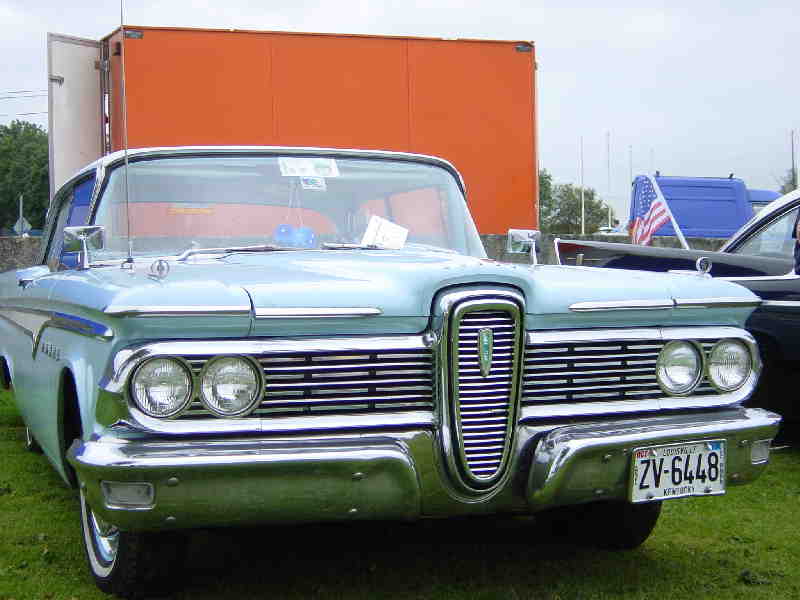
In 1958, Ford’s newest vehicle, launched on “E-Day,” flailed, flopped, and imploded. Ford kept the Edsel under wraps as a new kind of futuristic, experimental car. One fateful day in 1958, the Edsel was revealed…and immediately faceplanted. This car of the future was blah by anyone’s standards. By November 1959, when Ford finally mercy-killed the Edsel, it had lost an estimated $250 million–nearly $2 billion in today’s dollars. Edsel is now synonymous with a marketing business failure.
22. Flooz.com
The name says it all

Flooz.com blew through up to $50 million dollars trying to convince new Internet users that money online would work like frequent flier miles or gift cards. Part of that money went to a notoriously bad ad campaign featuring Whoopi Goldberg (before she was cool again). And the name? Flooz is derived from the Arabic word for money. In August, 2001 the company folded their chairs and went home. Apparently, people could just use their credit cards. Whoops!
21. The Hit Factory
A New York classic goes condo

Deep in New York, in the heart of Hell’s Kitchen, The Hit Factory was one the world’s most recognized recording Studios. Started by Edward Germano in 1975, it saw everyone from Tony Bennett to U2 record amazing tracks. After Germano’s death in 2003, his wife Janice took over operations. Citing the “digital age,” she closed the doors and sold the building, moving the operations to an existing Hit Factory in Miami. Troy Germano, Edward’s son, later acknowledged publicly that his mother simply closed it out of greed. She wanted to move to Miami and thought she could make good money on the building’s sale. It is now a luxury condominium complex, with prices starting at $1 million.
20. Betamax
BetaWrong
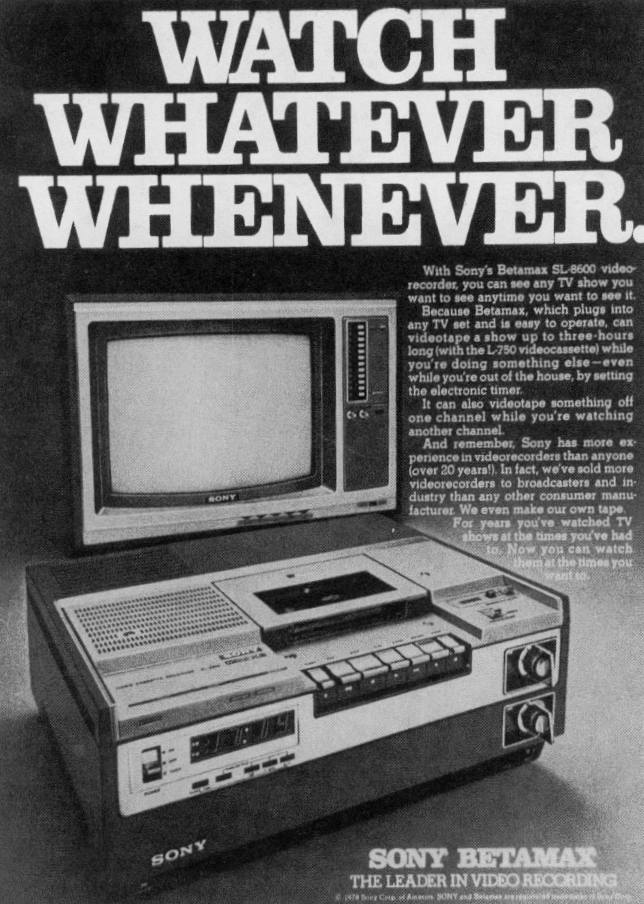
I could give you facts, figures, and dates to support why Betamax failed so miserably, but that would be a blog post unto itself. Suffice it to say: Betamax was bulky, complicated, ugly, expensive, publicly ridiculed, horribly marketed, disdained by the media, and only capable of sixty minutes of recording and playback. The capper? Most Hollywood movies that people rented were just a little bit over one hour. Too bad…and good riddance.
19. SwissAir
The “Flying Bank” ends up buried

The former national airline of Switzerland, Swissair, used to be so financially stable that it was known as the “Flying Bank.” Founded in 1931, Swissair epitomized international transportation until the late 1990s, when the airline’s board decided to follow an aggressive borrowing and acquisition policy called the Hunter strategy. Then, the terrorist attacks of September 11, 2001 put a void in the company’s plans Swissair found itself hamstrung with debt. Unlike some other airlines, however, Swissair couldn’t handle the financial hit. Mismanagement and bad ideas—trundling large sums of cash to purchase fuel at foreign airports, for example—left the airline gasping for oxygen. In 2002, Switzerland was embarrassed to lose its national icon for good.
18. Ponzi’s Security Exchange Company
Bernie Madoff’s famous forebear
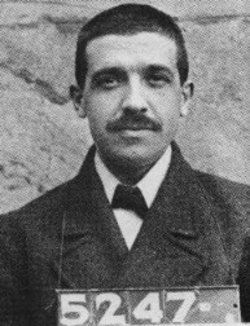
It’s quite an achievement to have a breed of financial scam named after yourself. Charles Ponzi, an Italian immigrant, ran a staggering 6-month pyramid scheme in 1920 by gaining investments (over $15 million) from an ever-growing pool of more than 40,000 investors. Ponzi would use “profits” from new investors to pay “interest” to old ones. Using a trade system of international reply coupons for postage stamps and leveraging exchange rates, Ponzi made a lot of people money through the “Securities Exchange Company,” which claimed to leverage exchange rates through an international postage stamp reply coupon trading system (this mouthful of a phrase reminds me of how people described derivatives in 2008). But his scheme ruined lives–including Charles’ own. After jumping a few bails, he did prison time from 1926 through 1934. Years later, he died, penniless, in a Brazil charity hospital, half-blind and partially paralyzed.
17. Woolworth’s
The bad economy bullies Woolies towards its own demise
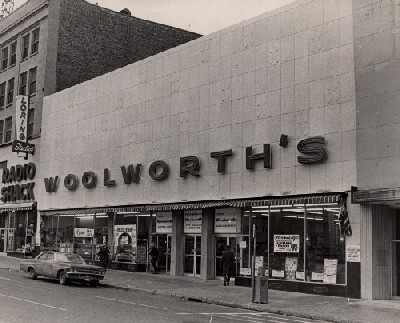
Brits, who held "Woolies" close to their hearts, were were crushed when this comfort food and houseware retailer closed its last 807 stores after nearly 100 years of service on High Street and beyond. At one time, Woolworths was the leading music retailer in the entire U.K. During the 1950s and 60s, the store was instrumental to the Beatles’ sales success Indeed, Woolies also played a role in breaking Madonna to the rest of the world. Hey, she’s a Brit now. Maybe she’ll pony up the cash to save them? Not likely.
16. Premier Smokeless Cigarette
Taste-wise, charcoal just doesn’t cut it
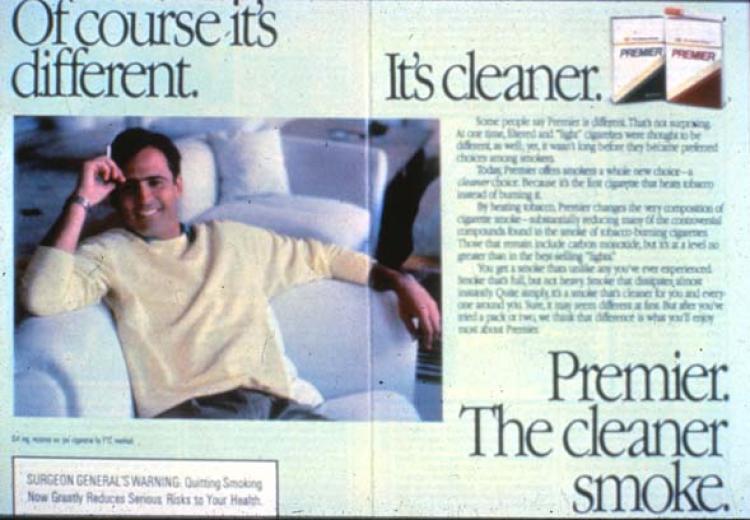
A smokeless cigarette has been the holy grail of tobacco ever since Reagan lit up a Chesterfield on broadcast TV. In an effort to reduce the harmful effects of inhaling cigarette smoke, RJ Reynolds launched the Premier cigarette, a “smokeless nicotine delivery mechanism that looks and feels like a premium cigarette,” in 1988. The product ended up a miserable flop. Not only did this expensive cig taste like charcoal, it ended up being employed by drug users as a handy “delivery mechanism” for substances other than tobacco. The cost of the project? A cool $1 billion.
15. Bre-X Minerals
Fool’s gold strikes again

If someone tells you they’ve struck gold on the isle of Borneo, grab your money and run the other way. In 1995, Bre-X Minerals was a tiny mining company based in Calgary with stock worth under $1 when they announced they had found extensive deposits of Gold in Busang, Indonesia. As a result, their stock shot to almost $300 CAD a share. A series of strange events, including a man fallen from a helicopter and eaten by tigers, roused enough suspicion to unravel the fraud. By 199, an outside analysis of the sites samples revealed that Bre-X had faked their findings by “salting” samples with gold dust. Within weeks, the NASDAQ and TSX delisted the company, which at one point held a market cap of $4.4 billion. Investors slapped their foreheads, and Bre-X Minerals slunk into history as a major business failure.
14. IndyMac
IndySplat

On July 11, 2008 the FDIC seized the assets of the largest Savings and Loan in Los Angeles and the 7th largest loan originator in the country. The seizure sparked rumors of bank runs. It also gave the public the first real, Main Street glimpse of the Financial Crisis of 2008. IndyMac was founded in 1995 as Countrywide Mortgage Investment. Its purpose was to provide a means of collateralizing loans too high in value for Fannie Mae and Freddie Mac to service. At the time of its seizure, IndyMac held nearly $30 billion in assets, making it the fourth largest bank failure in history.
13. Edison Records
First isn’t always best
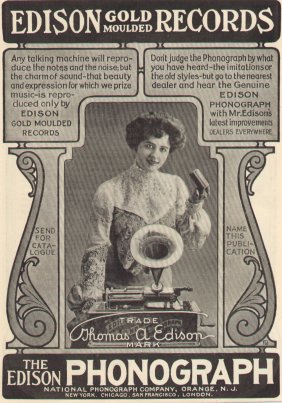
It’s always difficult being first. Thomas Edison founded the first record company and invented the phonograph, the first device made for recording and playback of sound, in 1877. This achievement led to all of the music industry as we now know it. Surprisingly, it was also the first dictaphone in history used by businesses. World War I shortened the supply of materials Edison could use for his highly secret wax recipe, used in manufacturing. The company’s market share fell. As other companies seized the opportunity the make “needle-cut” records (an Edison Labs invention) Edison Records lost customers and credibility. It closed its doors in 1929.
12. Tucker Automobiles
There’s a reason only four of them ever died

The ambitious car company that Preston Tucker started was only in business one year (‘47-‘48). It produced a mere of 51 cars, but its story remains enshrined in museums, car clubs, film and even a video game where everyone drives a Tucker. The fatal flaw? Offering customers the option to buy their accessories before their car was built. This program started a witch-hunt by the SEC. Amid accusations of fraud and the “Big Three’s” influence over government, Tucker Automobiles went belly-up. I will spare you the argument of whether it was the best car ever made, but out of that original 51, 47 Tuckers still exist today. Let that be your clue.
11. Sharper Image
Buy, but do not inhale
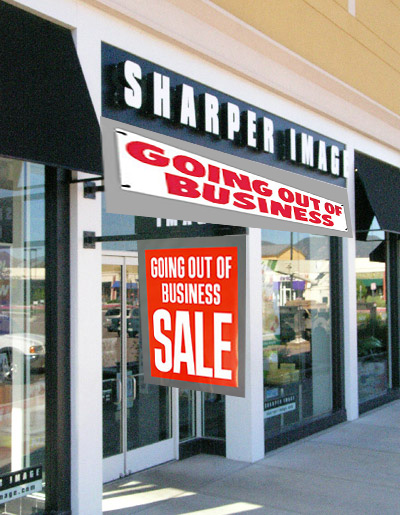
Started in 1977 as a catalog selling jogging watches, the Sharper Image eventually grew into a high-end customer electronics store. As iPods and other branded, high-tech items took over the store’s traditional market share, it launched into the infomercial business with the Oreck vacuum and Ionic Breeze. Unfortunately, the Ionic Breeze did not purify the air as it said it did. After losing a lawsuit against Consumer Reports for a negative review, the testing company released findings that the Ionic breeze actually produced trace levels of ozone. In 2008, the store went bankrupt, forcing shoppers to buy their overpriced, Japanese made, brushed steel, throw-away executive gifts elsewhere.
10. Washington Mutual Bank
See bank run
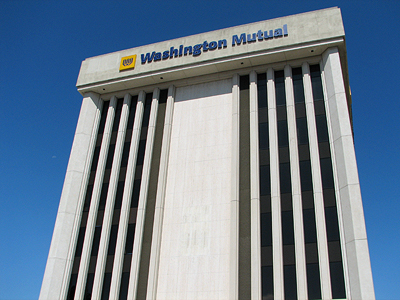
WaMu was America’s largest Savings and Loan association, the sixth largest bank in the U.S., and (drumroll please…) the largest bank failure in history. Let that sink in for a minute. After a 10-day run on the bank in late September 2008, with total withdrawals in excess of $16 billion USD–almost 10% of the deposits–the FDIC seized WaMu’s assets. JPMorgan Chase bought WaMu subsidiaries the next day for what many suspect at pennies on the dollar. The holding company is currently in Chapter 11.
9. Enron
They made the E crooked for a reason

Enron was an energy sector leader that started to dabble in e-commerce and exotic investment areas, such as weather futures. In 2001, Enron, once valued at $90 billion and the 7th largest company in the United States, went bankrupt. It took jobs, investor savings, retiree futures and even some lives with it. In following years, it emerged that they shredded documents, started partnerships with their own shell companies, and engaged in massive inside trading. Enron is now synonymous with the business outcomes of galloping greed.
8. Polaroid
Go digital or die

Shake it like a Polaroid picture! You know you’re good when your name is the product. (Hello, Kleenex). But while you and I were buying our first digital camera, printing pictures and later taking photos with our phones and PDA’s, the execs at Polaroid were snapping and shaking their pictures into oblivion. So loved was the brand that countless people took daily shots of and created art, diaries and literature using these magical snapshots taped to their walls or to the street. The leader of an amazing niche technology that so enriched anyone born before 1980, Polaroid went bankrupt in 2005. The name may emerge again, but the brand and the impact will always be retro.
7. Atkins Nutritionals
Fadkins takes a bad fall

Apparently, bread won. Remember when all of your friends ordered their lunch without the bun and no potatoes, but with lard-laden beef and cheese? Atkins engineered the “low-carb” craze, a fad diet claiming you could “lose fat by eating fat.” Dr. Robert Atkins released Dr. Atkins’ Diet Revolution in 1972. In 1992, revised version gained popularity; the fad really took off at the beginning of millennium. Questions arose from the medical community about the diet’s long-term effects. Countless others, from the FDA to top chefs, also lined up to take shots at it. In 2003, it was reported to a skeptical public that the good doctor slipped on an icy sidewalk and died. The company went bankrupt within two years amidst the suspicion that his diet killed him. Meanwhile, a fickle public ditched low-card for the next fad. A year later, a leaked medical examinations report revealed that Dr. Atkins, 72, had a history of heart attack and congestive heart failure. He weighed 258 pounds at death.
6. Bethlehem Steel
When service kills steel

Everything you know about historic America has Bethlehem Steel in it. Founded when James Buchanan was our nation’s president, Bethlehem Steel was the backbone of the first blasting furnace, railroads, skyscrapers, coal, nuclear reactors, warships, cargo vessels, large construction projects like arenas, and other major infrastructural accomplishments. However, the company never adjusted to the new service-based economy that gained ground in the 1990s. Cheap imports worsened the situation. Bethlehem Steel, a piece of American history, disappeared forever when it filed for bankruptcy in 2001.
5. Pets.com
Big isn’t better

Pet’s can’t drive, and sock puppets make bad spokespeople, but Pets.com made the dot-com bubble their own in 2000. They overexpanded by opening a nationwide network of warehouses nationwide too quickly (taking a hint from Starbucks). Unfortunately, profits never caught up with media buys for commercials. In marketing, nothing is worse than having everyone know who you are and no one interested in what you sell. Widely recognized as the icon or poster child for dot-com failure, its stock went from over $11 in early 2000 to just $.19 on Election Day that same year, when the company closed its doors.
4. White Star Lines’ “Titanic”
A disaster of titanic proportions
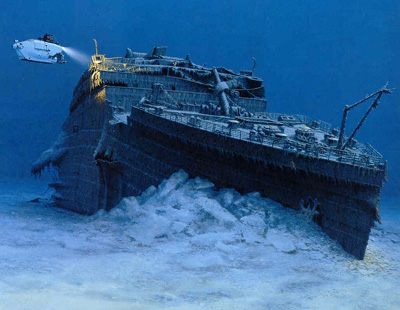
White Star Lines, which built the Titanic, has oddly disappeared from the lore surrounding the fated giant. The fated vessel was conceived of in 1907, when executives Bruce Ismay and Lord Pirrie drastically changed and expanded their shipping transportation business to compete with Cunard’s new luxury oceanliners. The result was a line of gargantuan luxury liners that moved more passengers and freight than anyone else on the market. Three ships came out of the venture: The Olympic, the Titanic, and the Gigantic. You know the rest of the story. Cue the music!
3. Commodore Computers
You can’t kill the C64
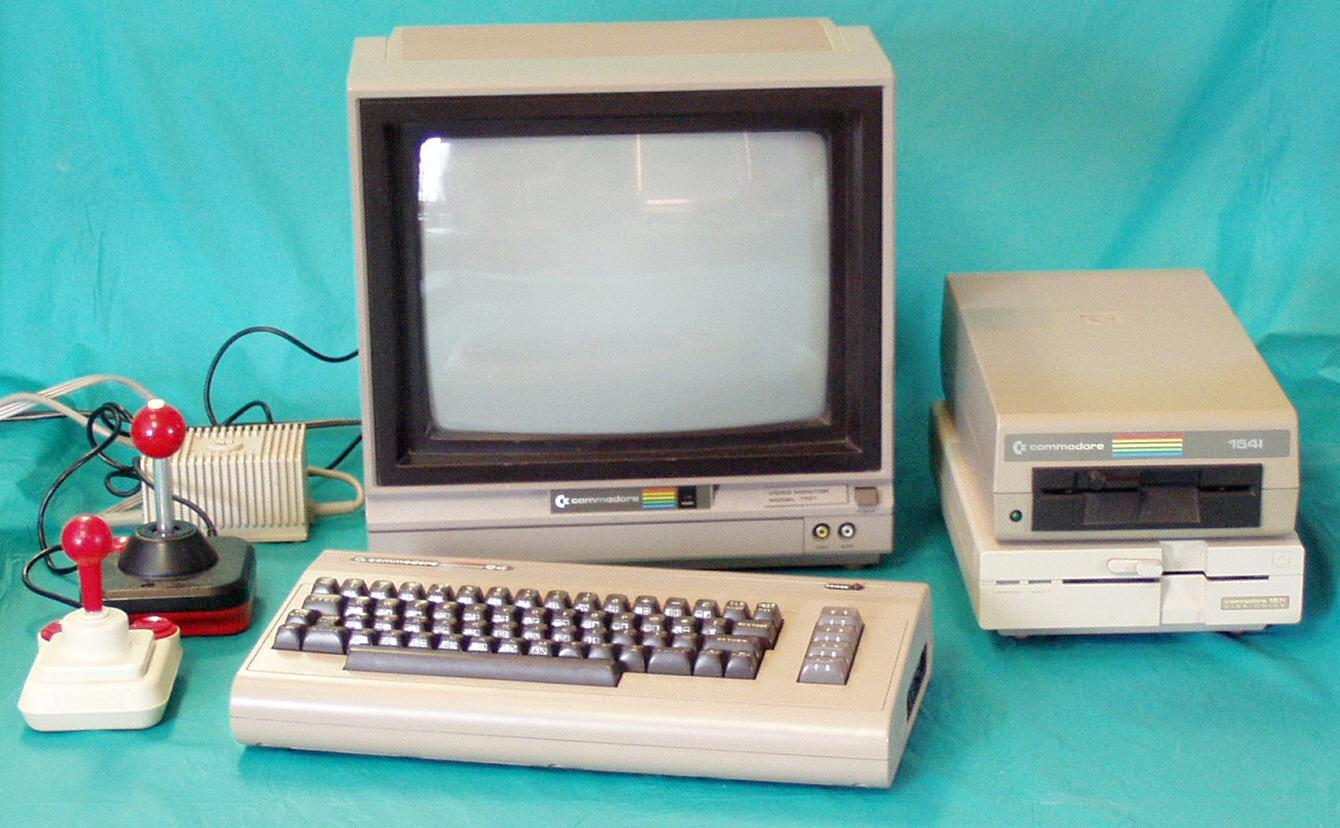
Between 1983-1986, Apple, IBM, and Atari computer were quaking in their boots. The reason? The Commodore 64 was selling 2 million units a year and dominated nearly 50% of the total market. As the company tried to innovate by releasing the Commodore plus/4, a faster, smarter version with a color screen, they alienated their original customer base. The new model was incompatible with the cherished C64. Commodore tried to discontinue the old line in the US by 1990 and announced it would stop shipping them in 1995. The tactic didn’t work. Customers all over Europe continued to snap up the C64s until it became impossible for the company to manufacture them at a reasonable price without selling new, more expensive models. As they say, “you can’t kill the C64.” The company went bankrupt in the spring 1994.
2. DeLorean Motor Company
A man, his cocaine, and his car
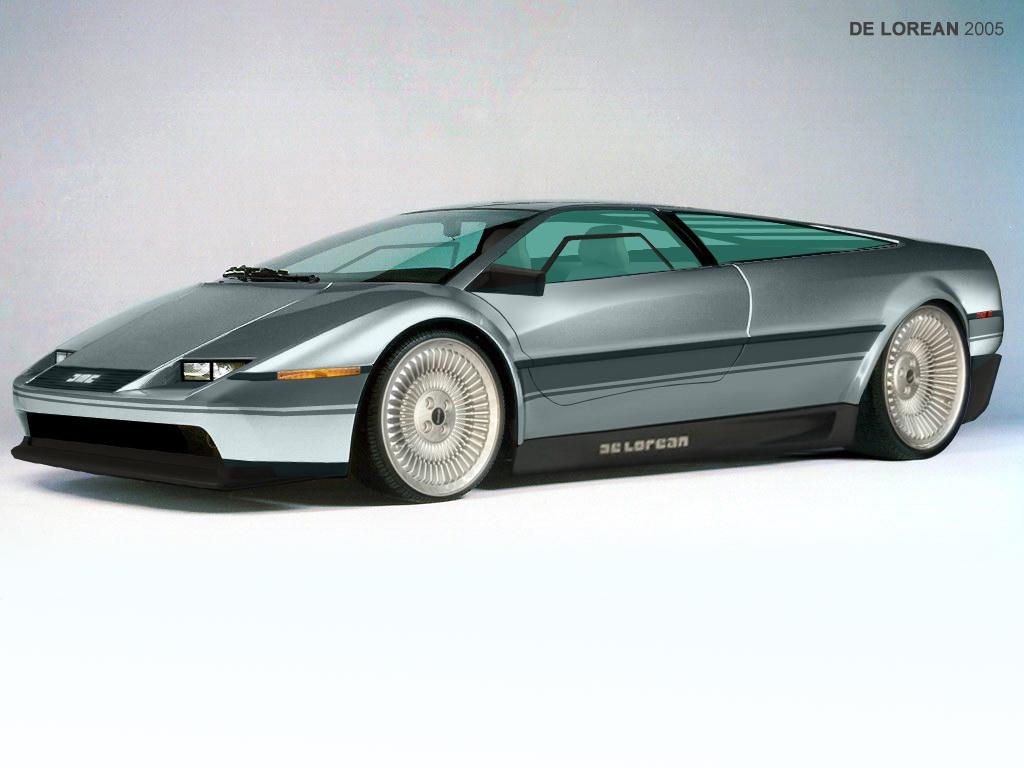
As is often the case in the automobile industry, it’s hard to separate the man from the vehicle. John DeLorean was a hero amongst the very rich for creating the kind of car the future promised. With a stainless steel-skinned body, sleek lines and doors that opened vertically (gull wings), his DMC-12 hit the streets in 1980. Over the next three years, only 8,900 cars would be made. The car played a feature role in “Back to the Future” and become a potent status symbol. Then, in 1983, a sting revealed John on tape saying “this cocaine is as good as gold,” referring to a suitcase full of drugs valued at $24 million. Later acquitted on entrapment grounds and cleared of defrauding his partners, he would never gain the investor’s trust again.
1. Pan Am
The icon that didn’t pan out
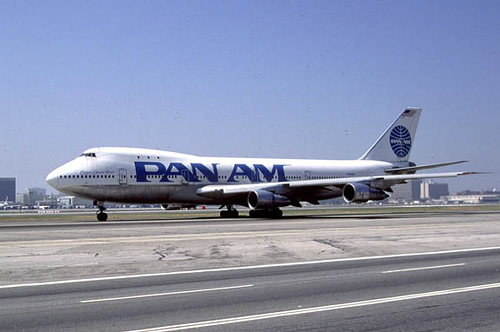
It’s amazing how a country’s identity can be so closely tied to a business. Such was the case with PanAm. Founded in 1927, the airline was a part of American culture for the better part of the 20th century. It lead the industry in international flights and luxury travel. It was also the first airline to make widespread use of jumbo jets, and the first to use an air staff of stewardesses as a PR focal point. Little girls grew up wanting to be PanAm stewardesses, and boys grew up wanting to pilot one of the fleet. Heck, the Beatles arrived on one. Unfortunately, as an American icon, PanAm was also a target for terrorism. A few horrific incidents, coupled with the increased global competition that came with deregulation, caused the airline—and its accompanying era—to collapse in 1991.
Doesn't matter how long you have been in business or how successul you are, no business has the privelege of 'set it and forget it'. To be successful, especially during these times, you must be diligent to your brand, on a daily basis.
as reported by Business Pundit
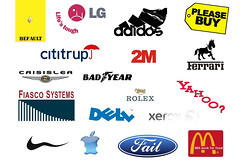
Chief Marketing Officers across the country are faced with serious decisions regarding their budgets and what to do with them in 2009.
Basically, there are only three options:
1 - Don't change a thing - Ignore the media, their stock price and the rounds of layoffs and pretend like everything is fine.
2 - Pause - Cut just about everything and pull way back to ride it out.
3 - Plow Ahead - Realize that now is the time to keep going, spend money, capture market share.
Assuming that number one is completely out of the question, except for a couple of rare CMOs that are probably at the end of their 24 month job cycle and don't really care what happens next, that only leaves two choices.
The best way to choose between number 2 and number 3 is pretty easy. Think about it, what do you hope your competition does?
A McGraw-Hill Research study from 1980 to 1985 found that those businesses which chose to maintain or raise their level of advertising expenditures during the 1981 and 1982 recession had significantly higher sales after the economy recovered. Specifically, companies that advertised aggressively during the recession had sales 256% higher than those that did not continue to advertise.
So, what is your plan?

You need to take your company where your customers are.
For so long there was traditional media. Any company that wanted to build their brand utilized one of the three broadcast television networks, handful of radio stations or one town newspaper.
Then along came new media. An avalanche of television options, hundreds of stations to fill every niche interest out there. And radio stations - in some markets there are hundreds of radio stations to consider. Now, even the smallest town has multiple print choices, from a daily newspaper to weekly and monthly publications.
And now there is social media. Yet I hear clients every day trying to stick with the mass media that got them here.
But times have changed. These days over 80% of consumers research their options on the internet first. Will they find you?
Social networks are a legitimate place to have a conversation with your customers. Engage them. Build your brand online.
As this Business Week article explains, adults are getting online in rapid numbers.
75% of online adults 18-24 have a profile on a social network site
57% of online adults 25-34 have a profile on a social network
This is where your customers are going, who is there to great them when they arrive?


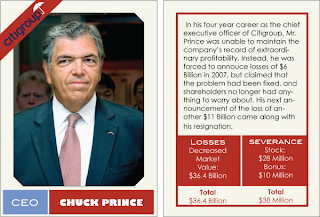


Martin Lindstrom's article, How Subliminal Advertising Works, does a fantastic job of outlining the 5 Top Types of Subliminal Advertising that influence choices consumers make.
Weight - When faced with the choice of a heavy remote control or one that is lighter, consumers chose the heavier one because the lighter one felt like it was broken. Manufacturers know this and put filler into some electronics like MP3s to make them feel heavier.
Tradition - The old Mexican tradition of putting a lime into a Corona actually only dates back to 1981 and a bartender making a bet to see if he can start a tradition. Corona's entire business took off and many ads have been created celebrating this imaginary Mexican tradition.
Music - The beat of the music in the store greatly affects how quickly you shop and therefore how much you buy. The faster the beat, the faster the shopper and the less that is purchased.
Geography - Branding is how you feel about a product. If offered a choice between a car from turkey and a car from Switzerland, that is when branding kicks in and you go for the Swiss auto. Why? Your perception that the car from Turkey will be a turkey. Ask yourself, do you want perfume from Paris or from Detroit?
Shape - The shape of the bottle or the package determines a great deal about how you will feel about it. If the container of diet mayo is shapely with a narrow waist, women will choose it more often than one that is short and squat. We are drawn to the shape of products that reflect how we want to look.
Just as casinos pump oxygen into the windowless gaming area so players stay energized and don't notice the passage of time, so to do manufacturers use their knowledge of the consumer to assist with the best way to present their product.
The human mind is a wonderful thing.

With the proliferation of iPhones, it is imperative that companies get on the bandwagon and develop iPhone apps. This is a fantastic way to establish brand loyalty, advocacy and bring your customers further into their relationship with your brand.
As ReadWhiteWeb reports, there are come easy opportunities for companies to synergistically utilize the market domination of the iPhone.
Airlines - let me check upcoming flight information
Restaurants - be a part of Open Table so I can check for available reservations without even having to call you. Get listed with UrbanSpoon so I can learn more about your menu.
Radio stations - live streaming with direct links to your advertisers' websites
Or get it together and do it right like Kraft. They are SELLING their app which provides recipes and promotes Kraft products. Let me write that again, people are paying them to get content and ads. Paying them.
What are you waiting for - how can you integrate your brand through an iPhone app?
By the way, you can even let people download the app from your website. While we are on the subject, do you have a mobile version of your website. Don't exclude the iPhone, Blackberry and Mobile Windows users (a total of 75% of the mobile phone market) from being able to interact with your site. Translate it so they can see it also.

The banking industry took quite a pounding in 2008. If you are looking for a point of differentiation, it seems like just surviving is a symbol of success right now.
If the banks that are still standing want to actually recover, the need to quickly mobilize their brand plans, really define their message, dig deep to determine what makes them the best choice.
Basically, banks need to change the conversation. They have to start defining themselves and stop letting the national media define them.
To effectively change the conversation, banks need to look deep within themselves and see what they find.
What is their Brand Promise? What are they promising the consumer? What is the consumer looking for?
It seems that so many banks are resistant to 'branding' and want to focus completely on 'selling'. Promoting the brand promise of the bank is actually better than ads that 'sell'. It's the difference between attracting transactional vs. relational customers.
Do you want a customer that is gong to shop your rate and hop from bank to bank looking for the very best deal? Or do you want a customer that does business with you regardless of the rate?
Now is the time for banks, at least the good ones, to step forward and proclaim from the mountaintops what it is that makes them great. Don't let another bank, or even worse the media, define who you are.


The Acadiana Center for the Arts in Lafayette opened their new show last week, just in time for the 2nd Saturday Downtown Artwalk. The featured artist is Heidi Cody and she is awesome.
Check out her website at www.heidicody.com. Her perspective on advertising is fantastic.
Although she definitely derides the commercialism and consumerism in our culture, her work conveys a great appreciation for the art that is inherent in all great design.
Logos, ads, signs...even Eskimo pie ads, Heidy Cody can find the art in it.
Can you name each of the logos represented by the alphabet above? Give it a shot in the comments.
If you buy the poster (click here for orders), Heidi Cody will include the key with purchase.

I was invited by the Natchez Convention and Visitors Bureau to speak to a group of business people and stakeholders in Natchez, MS today.
The topic was part of our 'Branding And ...' series. This one is called Branding and Social Media.
Their original plan was to have 30 -40 people attend a two hour overview of the best social media applications for business and how to utilize branding principles within them.
When it was all said and done, the first session was standing room only and required the addition of a second session in the afternoon for a total of over 100 participants. The average age of the attendees was probably 49 or 50 and they got it. Really got it. Their questions were insightful and well thought out. They gladly shared their thoughts and previous experiences.
There was true understanding, after the presentation, of what a brand is, and more importantly what it is not. When the day began, most of them believed that their four year old e-brochure websites were the only choices they had for promotion on the internet. They thought that price was a good way to differentiate themselves. They believed, as so many people still do, that social media is for kids and not where real business people belong. Now, they speak of their Brand Promise and how to communicate it through their newley formed blog.
When I got home tonight, I even had quite a few new Facebook and Twitter friends. They have asked me to come back for a hands on teaching class as well as more presentations from the 'Branding And..." series. It is a great town filled with great people.
6 of the reasons why I love Natchez, MS:
1 - The People - their willingness to learn is fantastic and inspiring, Margaret it was a blast hanging out with you, I think I owe you for about 10 glasses of tea.
2 - The River - truly breathtaking, I was able to watch the sunset on its banks with colors that were extraordinary
3 - The History - the city is the keeper of the history of the south in so many ways still intact
4 - Antebellum Homes - I was fortunate to be the guest of Monmouth Plantation which is a gorgeous bed and breakfast situated on property that just begs to be explored
5 - Southern charm - true southern hospitality is rare these days but everyone in Natchez exudes it
6 - They like me - I know that seems silly and maybe a little egotistical but it was a blast to have so many people come up to me after the seminar and ask for more.
7 - Willingness to learn - it's only supposed to be 6 but i have so many more I could add. They really embraced the ideas we discussed today and it was exciting to see them get excited.
I love Natchez and everytime I go, I discover another part of this city that I love even more.
I wonder if I could get them to unofficially adopt me...?
To all of the many great people that I met today, thank you for taking time out of your busy schedules so we could get to know each other. I had a blast and I hope you did too.
Coffee cups, sticky notes, pens, magnets, prescription pads, notepads, stickers, band aids, soap dispensers, tongue depressors, calendars, mouse pads, picture frames, key chains, koozies, t-shirts, bags, buttons, cell phone covers, computer bags, laser pointers, exam table paper, candy, mugs, tape measurer, posters, anatomical examples, magazines, books, articles and more

Focus is the first, and probably most important, step to establishing your brand. You really have to cut through the clutter of features and benefits to find the one best unique property. The "IT" factor.
Just to clear up any Marketing 101 misconceptions in this conversation, your focus can't be just about price (unless you are sure that you can always be the low price leader). Because then you are just a commodity. Because then you will rise and fall based on price and the conversation will never be about value - just price.
Also your focus can't be your people. EVERYONE promises that they have great people. Even if you are a service business and not selling a product, it really still can't be about people. What if they quit - then what?
Your focus has to be about the "mental real estate" that you and you alone can own. Often it is an operational advantage, especially if you are in a service industry.
What can you focus on? How are you better than your competition?
If you think you know the answer to the question, then proceed with asking your co-workers. See if you are all on the same page.

